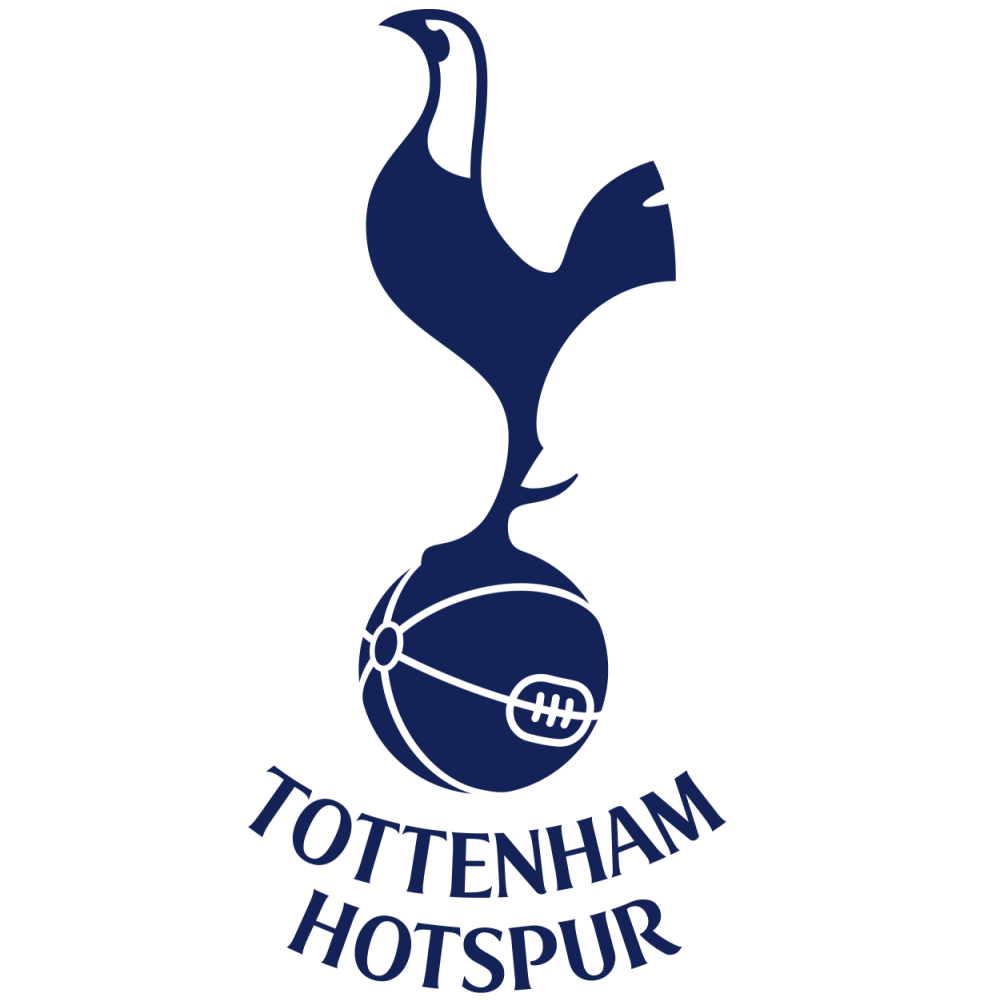When Arsene Wenger shifted to a back three late last season, there were some pundits who called it a move born out of desperation. Some of these were the same pundits who had long clamoured that Wenger’s Arsenal sides followed the same script every year (fair) and always succumbed to the same weaknesses (somewhat fair), overlooking the blatant hypocrisy of this ‘desperate’ narrative position in favour of sensationalism and laziness, as punditry is wont to do. Some others, meanwhile, viewed the switch as a copycat move, of merely doing what others had already done, sufficiently long after they had done it to not be so much an inspired move as it was a reluctant one.
Perhaps it was a copycat move. Last season, Chelsea cantered their way to the Premier League title behind Antonio Conte’s 3-4-3 system – the canter only began once they had adopted it. But they did not invent it. Chelsea, it could be said, copied it from Barcelona, whose play-from-the-back, flood-the-midfield style that proved so successful under Pep Guardiola started with a hybrid three-at-the back system, at least when in possession of the ball. Prior to that, Roberto Martinez and Wigan Athletic somehow got there before everyone else. Perhaps we are all now living in Wigan Athletic’s shadow. Either way, Wenger made the change. And having stuck with the formation thus far this season, the shift looks to have now taken root going forward. Despite the permanent urgency of Premier League football in the minds of the pundits, fans and - Arsenal’s excepted - majority shareholders, any systemic change needs time to bed in, yet with half a calendar year now behind it, there has been enough Arsenal football under the 3-4-3 to appraise its results so far and its potential going forward.
Wenger himself cites one of the reasons for a shift to a back three as being the previous back four being vulnerable to vertical balls down the centre of the pitch. And while he did so without citing certain individuals, the playing style of his first choice centre back was self-evidently a factor in this decision.
Either way, Wenger made the change. And having stuck with the formation thus far this season, the shift looks to have now taken root going forward. Despite the permanent urgency of Premier League football in the minds of the pundits, fans and - Arsenal’s excepted - majority shareholders, any systemic change needs time to bed in, yet with half a calendar year now behind it, there has been enough Arsenal football under the 3-4-3 to appraise its results so far and its potential going forward.
Wenger himself cites one of the reasons for a shift to a back three as being the previous back four being vulnerable to vertical balls down the centre of the pitch. And while he did so without citing certain individuals, the playing style of his first choice centre back was self-evidently a factor in this decision.
Perhaps it was a copycat move. Last season, Chelsea cantered their way to the Premier League title behind Antonio Conte’s 3-4-3 system – the canter only began once they had adopted it. But they did not invent it. Chelsea, it could be said, copied it from Barcelona, whose play-from-the-back, flood-the-midfield style that proved so successful under Pep Guardiola started with a hybrid three-at-the back system, at least when in possession of the ball. Prior to that, Roberto Martinez and Wigan Athletic somehow got there before everyone else. Perhaps we are all now living in Wigan Athletic’s shadow.
 Either way, Wenger made the change. And having stuck with the formation thus far this season, the shift looks to have now taken root going forward. Despite the permanent urgency of Premier League football in the minds of the pundits, fans and - Arsenal’s excepted - majority shareholders, any systemic change needs time to bed in, yet with half a calendar year now behind it, there has been enough Arsenal football under the 3-4-3 to appraise its results so far and its potential going forward.
Wenger himself cites one of the reasons for a shift to a back three as being the previous back four being vulnerable to vertical balls down the centre of the pitch. And while he did so without citing certain individuals, the playing style of his first choice centre back was self-evidently a factor in this decision.
Either way, Wenger made the change. And having stuck with the formation thus far this season, the shift looks to have now taken root going forward. Despite the permanent urgency of Premier League football in the minds of the pundits, fans and - Arsenal’s excepted - majority shareholders, any systemic change needs time to bed in, yet with half a calendar year now behind it, there has been enough Arsenal football under the 3-4-3 to appraise its results so far and its potential going forward.
Wenger himself cites one of the reasons for a shift to a back three as being the previous back four being vulnerable to vertical balls down the centre of the pitch. And while he did so without citing certain individuals, the playing style of his first choice centre back was self-evidently a factor in this decision.



















